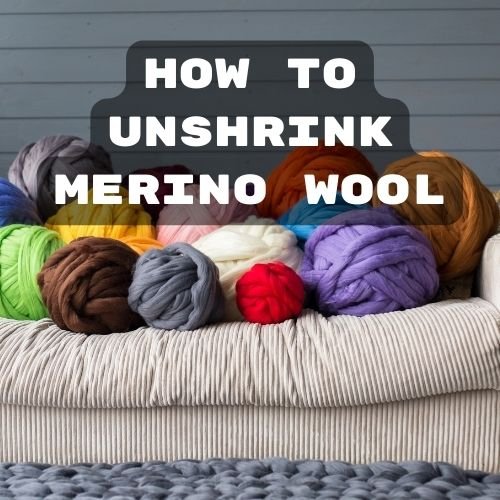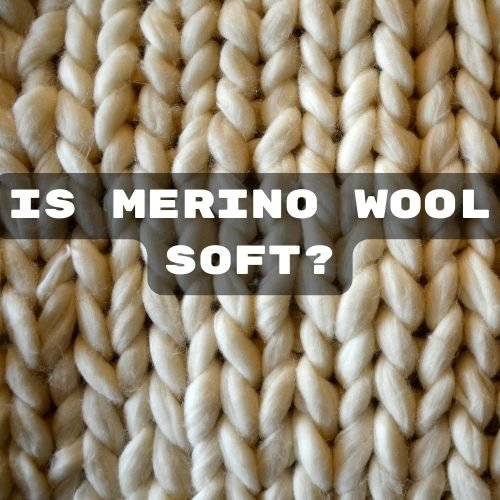Merino wool sheep
Merino wool, often described as nature’s luxury fiber, is prized not just for its softness but also its versatility. Whether you’re a fashion enthusiast, outdoor adventurer, or simply someone who values quality, Merino wool has something unique to offer.
Visit our blog for more exciting insights on wool and its wonders.
The Origins of Merino Sheep
Ancient Lineage and Development
The journey of the Merino sheep is one rooted deep in history. These sheep, believed to be descendants of the wild mouflons of North Africa, have been mentioned in the annals of ancient civilizations. The Phoenicians, renowned traders of yore, are said to have introduced these wool-bearing sheep to Spain.
Curious about other wool types? Dive into the diversity of natural fibers.

The Spread of Merino Sheep in Europe
Spain, for centuries, held a monopoly on Merino wool production. The quality of the wool and the guarded nature of its breeding techniques made Spanish Merino wool a sought-after luxury. European royals, recognizing its value, played a pivotal role in spreading its fame across the continent.
Australia’s First Sheep
Arrival of Sheep in Australia
While Australia is today synonymous with Merino wool, sheep weren’t indigenous to the continent. The first fleet of settlers brought with them a mix of breeds, laying the foundation of the wool industry.
Want to know more about how wool is processed? Check out our guide on wool sourcing and processing.
Merino’s Dominance in Australian Wool Industry
The Australian climate and landscape proved to be a boon for Merino sheep. Over time, as breeders recognized the superior quality of Merino wool, there was a shift in focus towards exclusively breeding Merinos. Their wool became an economic powerhouse for the nation.
Merinos in Australia
Climatic Adaptability of Merino Sheep
The Australian climate, with its extremes, has been instrumental in shaping the Merino breed. From arid deserts to chilly highlands, Merinos have showcased a resilience and adaptability, producing wool that suits varied conditions.
Wool Production: Approximately 350 million kgs/year.
Average Lifespan: Around 10 years.
Average Weight: About 70 kgs.
Wool Micron Count: Typically around 21 microns.
How does Merino wool compare to Alpaca? Find out in our post on Alpaca vs Merino wool.
The Economic Impact of Merino Wool in Australia
Merino wool isn’t just a fabric; it’s an industry. Contributing significantly to Australia’s GDP, it has been a source of employment and has bolstered trade ties with many countries.
Australian Merino Wool Sheep Breeds

Peppin Merino
The Peppin strain of Merinos, developed in the 19th century, is known for its hardiness and superior wool yield. With a rich history, it stands as a testament to innovative breeding.
Saxon Merino
Introduced from Germany, the Saxon Merino boasts of a fine wool quality. Its fibers, prized for their softness, have made it a favorite among fashion enthusiasts.
South Australian Merino
Distinct in its characteristics and suited to the South Australian climate, this breed of Merino is known for its long, lustrous fibers.
Merino Wool Sheep Breeds in Europe

Spanish Merino
The linchpin of Merino history, the Spanish Merino, has a legacy that’s unparalleled. With a wool quality that set the gold standard, it remains an icon in the wool industry.
For more on wool’s soft secrets, discover if cashmere is itchy.
French Rambouillet Merino
France’s answer to the Merino, the Rambouillet, is renowned for its dense fleece. With origins tracing back to the Spanish Merino, it’s a breed that combines the best of both worlds.
FAQ: Unraveling the Mysteries of Merino Wool
Why is Merino wool considered superior to other wools?
Merino wool is prized for its exceptional softness, breathability, and thermal regulation properties. Its fine fibers allow it to be spun into lightweight garments, making it ideal for both summer and winter wear. Moreover, it’s naturally resistant to odors and moisture-wicking, enhancing its appeal.
Can Merino wool be worn in summer?
Absolutely! Contrary to popular belief, Merino wool is perfect for summer. Its natural breathability and moisture-wicking properties keep you cool and dry, even in warmer temperatures.
How do I care for my Merino wool garments?
Merino wool is relatively easy to care for. Gentle hand washing in cold water with a mild detergent is recommended. If you’re unsure about the washing process, our guide on how to wash cashmere provides insights that are applicable to Merino as well.
Why is Australian Merino wool highly sought after?
Australian Merino wool is renowned for its consistent quality, luster, and softness. The country’s vast landscapes and climates have contributed to producing sheep with some of the finest wool globally.
Are there any ethical concerns related to Merino wool production?
Ethical wool production focuses on the well-being of the sheep and sustainable farming practices. It’s always advisable to buy from brands and producers who adhere to ethical and sustainable standards, ensuring the wool is sourced without causing harm.
Does Merino wool shrink?
Like all natural fibers, Merino wool can shrink if not cared for properly. However, if you accidentally shrink your Merino wool garment, don’t fret! Our guide on how to unshrink Merino wool might just save the day.

Deep Dive: Merino Wool’s Impact on the Fashion World
Merino wool has always been a mainstay in the fashion industry. Its versatility means it can be spun into fine yarn for luxury garments or more robust yarn for durable, outdoor clothing. Fashion enthusiasts appreciate Merino wool for its natural sheen, which gives garments a luxurious feel and appearance. The ability of Merino wool to drape beautifully means it’s a favorite for designers creating flowing, elegant pieces.
Outdoor enthusiasts, particularly those in extreme conditions, value Merino for its unparalleled thermal properties. It can keep the wearer warm even when wet, a lifesaver in environments where getting wet can be fatal.
Moreover, the eco-conscious consumer is turning more and more to natural fibers, and Merino wool, being both renewable and biodegradable, fits the bill perfectly.
Retailers and brands in the fashion industry recognize the value of Merino wool. It’s not just a selling point but a hallmark of quality. This recognition isn’t new; Merino wool has been a luxury item for centuries, worn by royalty and the elite as a symbol of status.
For DIY enthusiasts and those into handicrafts, Merino wool is a favorite for knitting and crocheting. Its elasticity ensures it holds shape well, and its softness means it’s a joy to work with.
Conclusion: The Global Legacy of Merino Sheep
Merino wool, with its rich history and global impact, continues to be a fiber that’s celebrated. From high-fashion runways to rugged terrains, its presence is felt everywhere. As we move towards a future that values sustainability and quality, the legacy of the Merino sheep promises to shine even brighter.
For more insights and woolly wonders, don’t forget to visit our blog.





